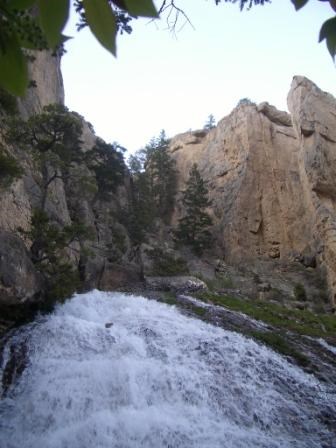
Pete Sawtell Sound - An Essential Park Experience
The sounds guide us to what may seem hidden around us. They tell us a story we should want to know, especially if it belongs to a rattlesnake in our pathway. Soundscapes A park ranger was doing a training exercise at Mather Point in the Grand Canyon and had his ears muffled. He was looking out into the canyon, feeling the warmth of the sun, enjoying the wonderful view when something caused him to turn around. Two buses, fifty cars and all the associated people filled his vision. For the previous five minutes he had felt he was alone on the rim of the canyon. He couldn’t get the feeling back, but the lesson had been learned. Sounds or their absence determine what our park experience will be. Quiet Please! Flight regulations have given us many skies only intruded by the hawks calling overhead. And there are regulations about making loud and disturbing sounds in inappropriate manners and places in our parks. Sometimes however we just have to let the sound of a passing boat fade away to have our quiet return. A Heightened Awareness Many of the intrusive noises we hear in our parks seem to be ones we generate ourselves through the various modes of transportation we use and the radios and other devices we use to be entertained. We need to be aware when the sounds we make, become disruptive noises that are adversely affecting the enjoyable park experience of other visitors. It is not what we bring with us, but what is intrinsic in our parks that make for memorable park experiences. Maybe on your next visit you will hear bighorn rams battling. |
Last updated: February 24, 2015
